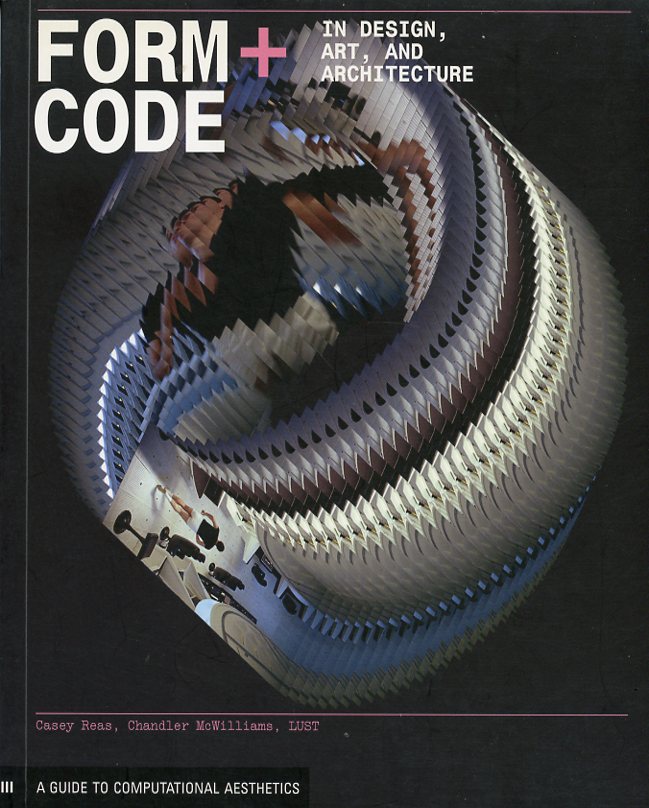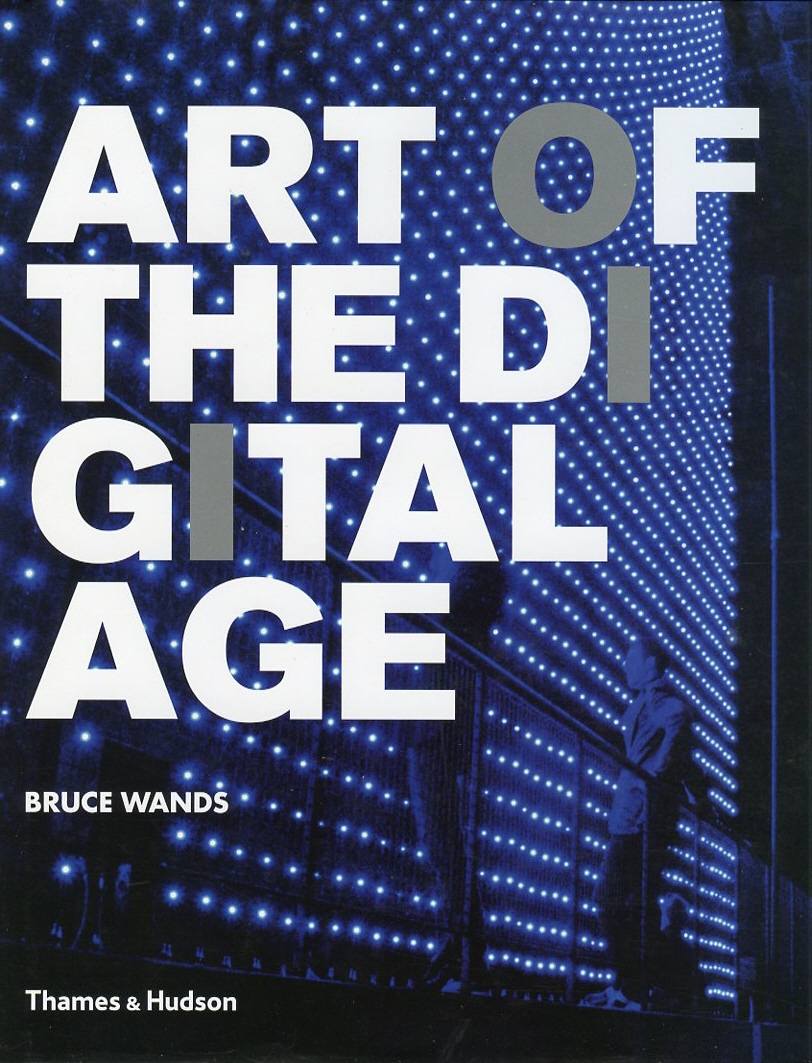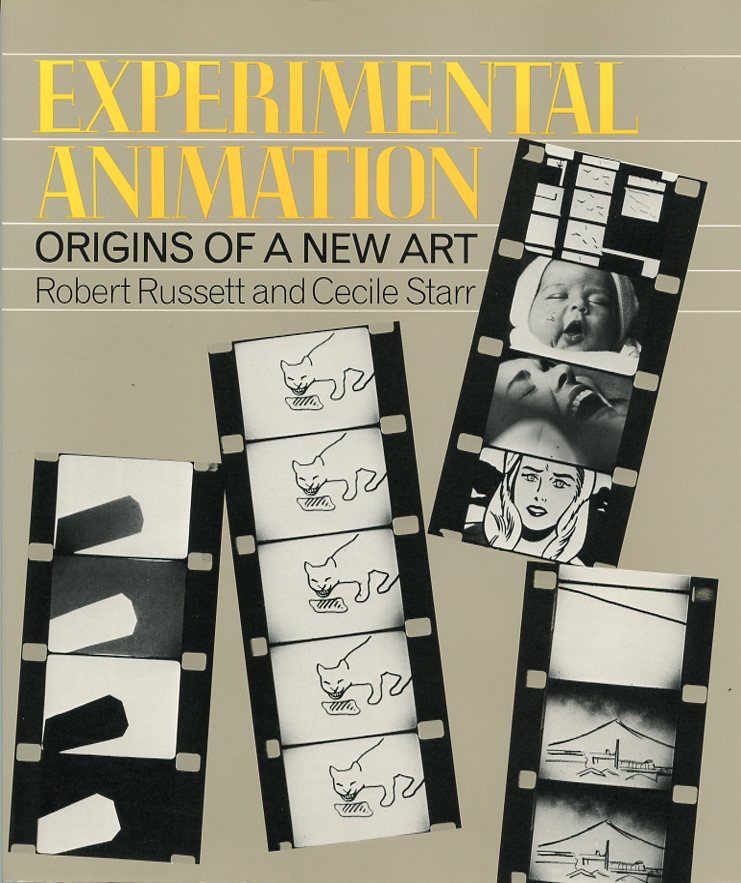selected publications
2024
Tina Rivers Ryan
Electric Op
p.157, Buffalo AKG Art Museum, 2024
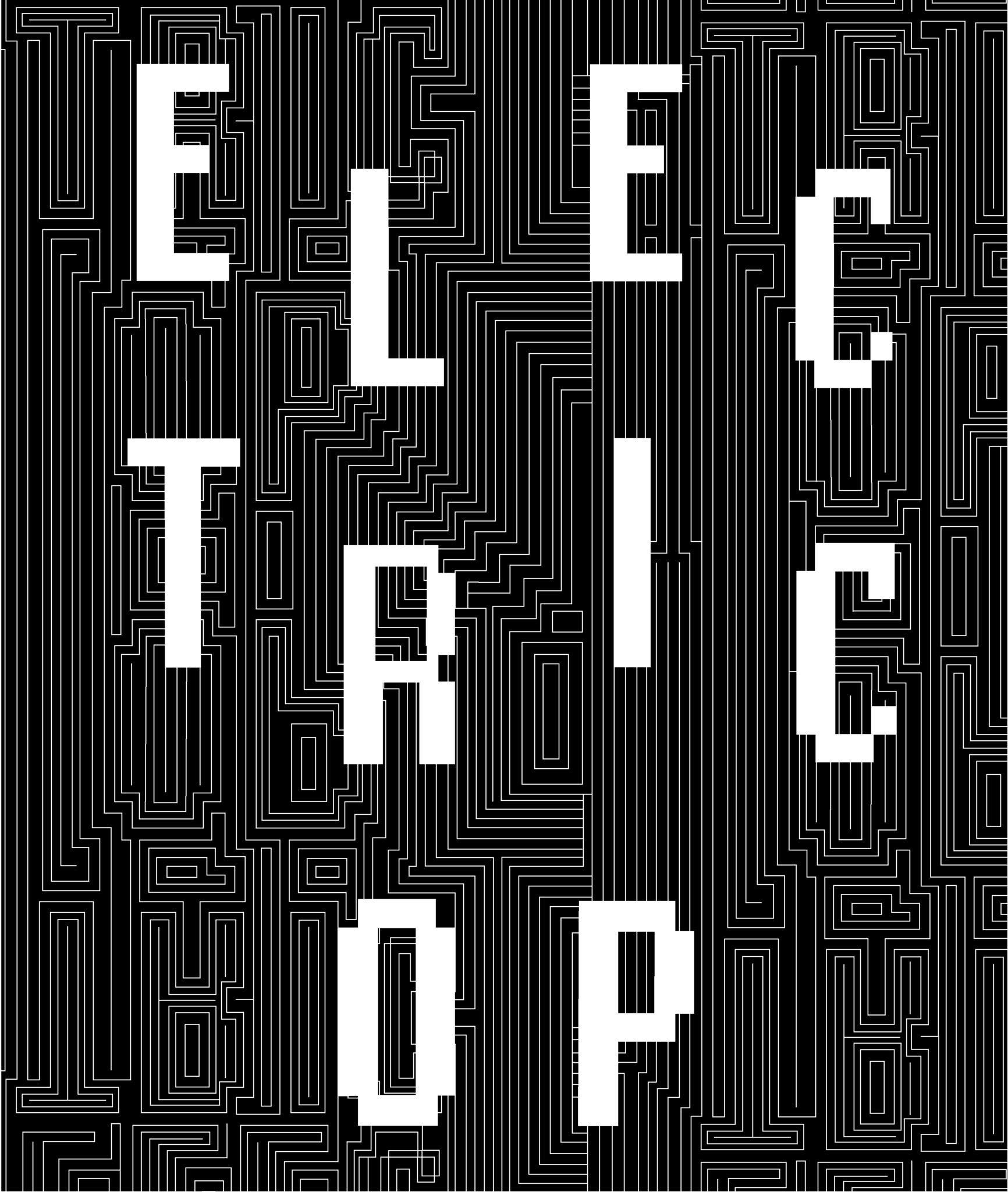
2019
Paul Taberham
Miriam Harris
Lilly Husbands
Experimental Animation
From Analogue to Digital
p.161-163, Routledge, 2019
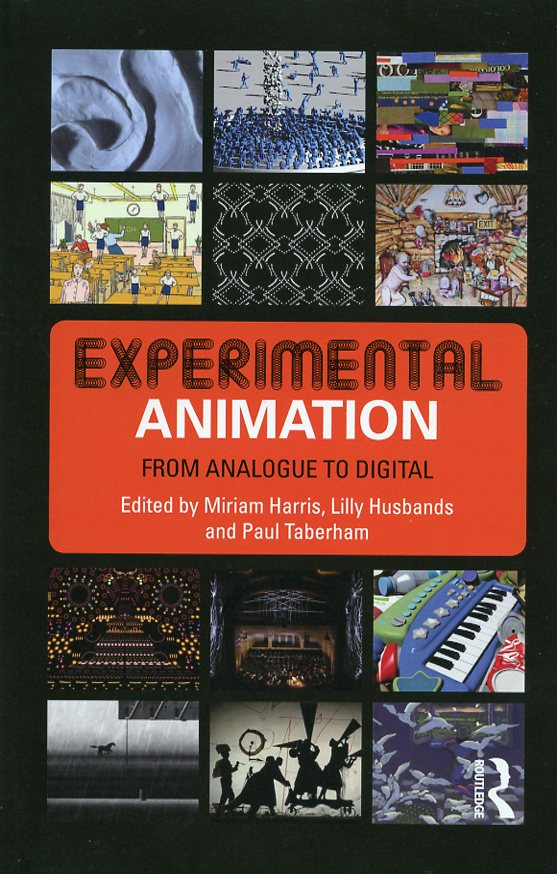
2017
Adriano Abbado
Visual Music Masters
Abstract Explorations:
History and Contemporary Research
p.86, Skira
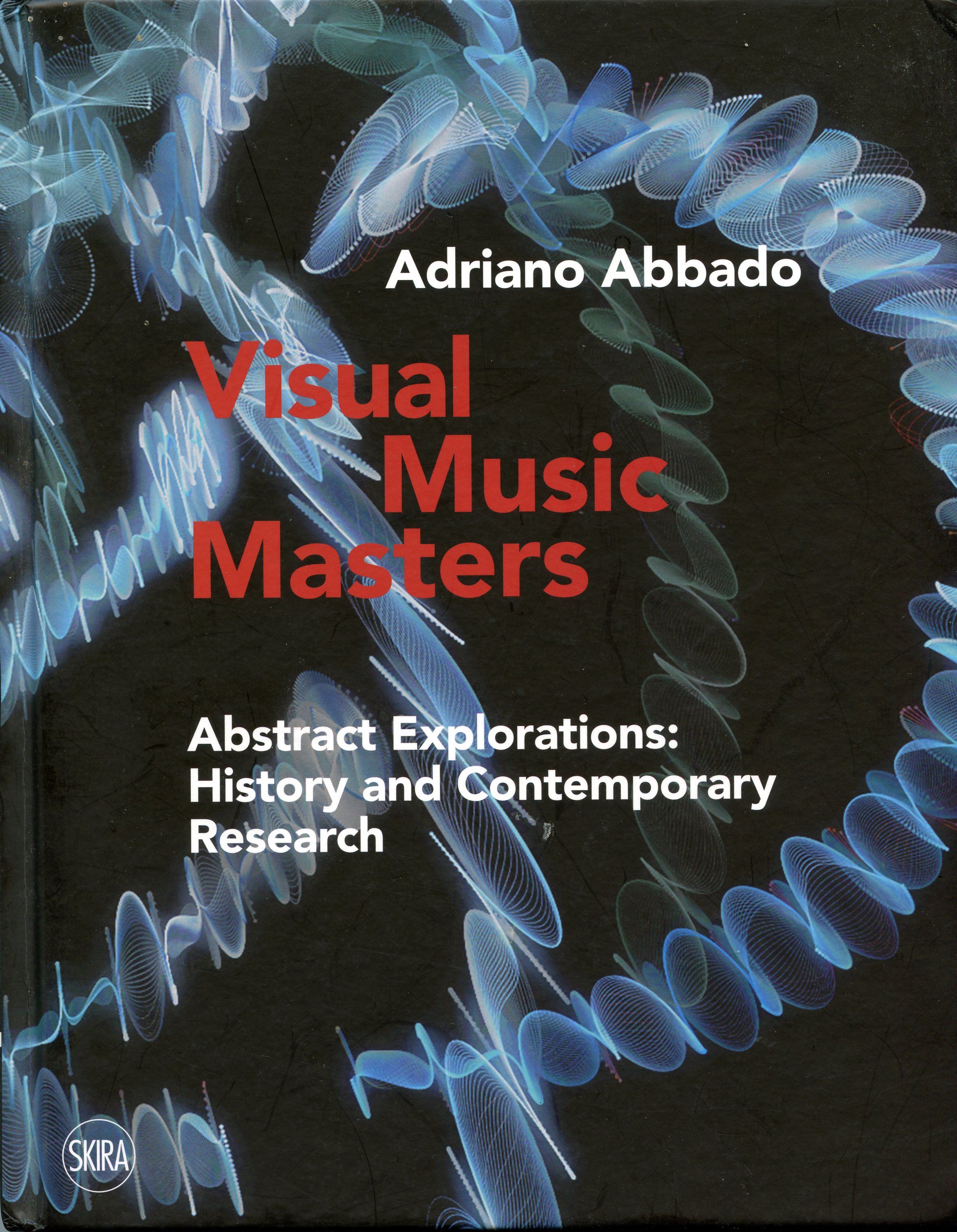
2016
Maureen Furniss
A New History of Animation
Thames and Hudson, p.253-254
Casey Reas
Ben Fry
Processing:
a Programming handbook for visual designers and artists
(2nd edition), p.397-401, 2014

2013
Tom Sito
Moving Innovation
A History of Computer Animation
p.29, 34-35, 60-61, 94, 111, 136, 157, 273
2009
Robert Russett
Hyperanimation: Digital Images and Virtual Worlds
p.17. 86, 216, 218, 2009
2008
Maureen Furniss
The Animation Bible!
A Guide to Everything - from Flip Books to Flash
p.296-297, Laurence King Publishing
HTML2008
Ron Miller
Digital Art and Painting; Painting with pixels
The early digital artist
p.296-297, Laurence King Publishing
2006
Michael Rubin
Droidmaker
George Lucas and the Digital Revolution
p.66-67, 71-72, 132, 163-165, 172, Triad Publishing
2006
Kerry Brougher
Jeremy Strick
Ari Wiseman
Judith Zilcher
Visual Music
Synaesthesia in Art and Music Since 1900
p.175, 250, Thames and Hudson
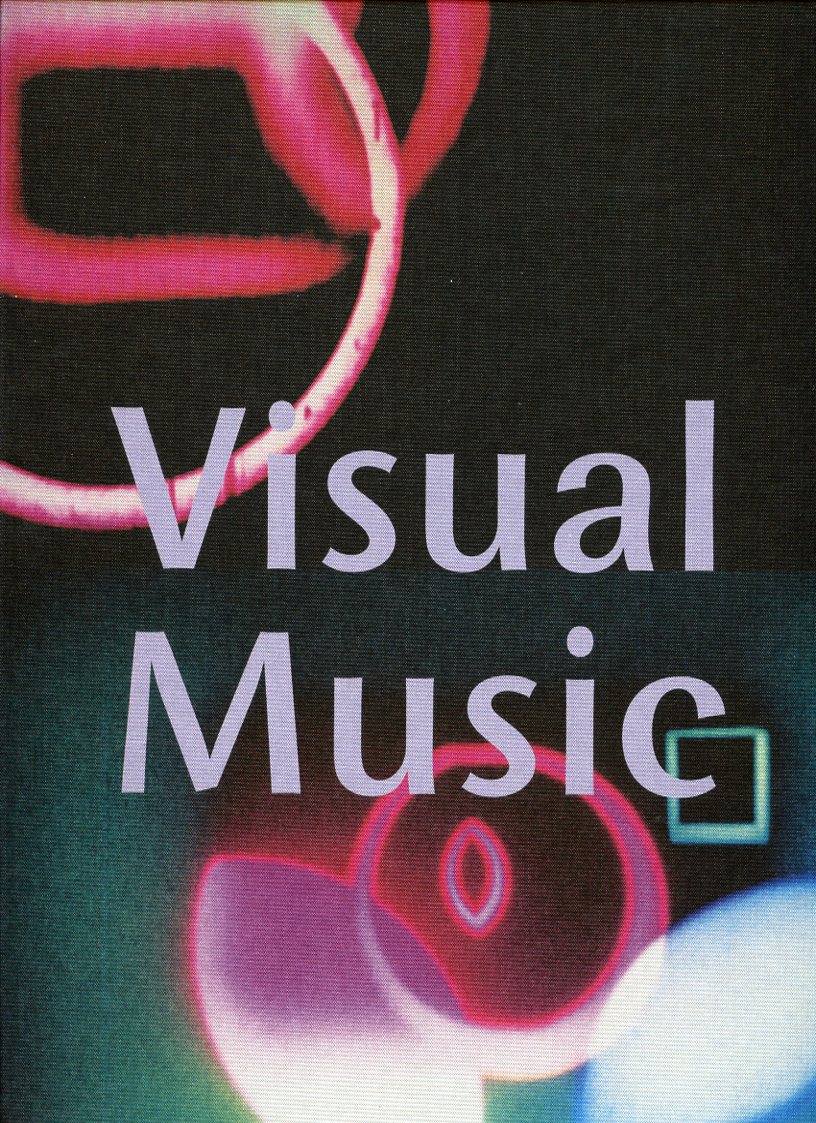
2004
Liz Faber
Helen Walter
1999
Terrence Masson
CG101
A Computer Graphics Industry Preference
p.410-412, New Riders
1998
Karl Ruhrberg
Ingo F Walther
Art of the 20th Century
Painting. Sculpture. New Media. Photography
Vol.2, p.593, Taschen
"In the 70s Larry Cuba was recognised worldwide as one of the few artists exclusively using digital computer techniques to explore the possibilities of abstract animation. His work followed in the tradition of abstract film going back to the 20s in the work of artists such as Oskar Fischinger, Len Lye, Norman McLaren and the Whitney brothers."
1997
Margaret Morse
Hardware, Software, Artware
Confluence of Art and Technology
Art Practice at the ZKM Institute for Visual Media
1992-1997
PDF1996
William Moritz
"Larry Cuba must be considered the most distinguished practitioner of "computer graphics", for, though he has created only three films in the last 20 years, each one of them remains a masterpiece of Visual Music that resonates with fresh interest each time it is viewed-- the same replay-value that fine auditory music possesses."
1989
Mituso Katsui
Toshifumi Kawahara
World Graphic Design Now
Computer Graphics
p.19, Kodansha
1988
William Moritz
Some observations on non-objective and non-linear animation
Storytelling in Animation: The art of animated image
Vol. 2, John Canemaker (ed), p.21-31
PDF"...a single still from Larry Cuba's wonderful computer animation, TWO SPACE(1979), shows us that it is a 'story' about positive and negative space: about exclusion and inclusion, about matter and anti-matter, about being and nothingness and creation out of nothingness."
1987
Cynthia Goodman
Digital Visions: Computers and Art
1987
Vergani, Gianmarco.
"Larry Cuba...has in recent years created a series of abstract film pieces reminiscent of the early black and white studies of Oskar Fischinger, re-interpreted, digtitally, on a higher plane of complexity and accuracy. Cuba's work represents, formally and technically, a still higher formulation of the art of visual music: perhaps a better representation of Whitney's theories than Whitney's work itself."
1987
Peter Weibel
Clip, Klapp, Bum
Von der visuellen Musik zum Musikvideo
p.40, 107
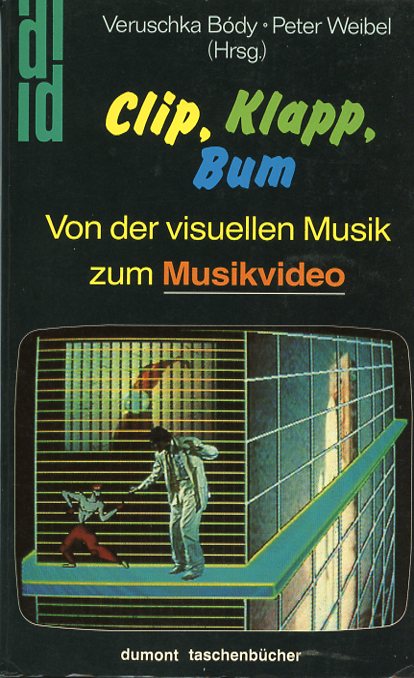
1986
Gene Youngblood
Calculated Movements
an interview with Larry Cuba
Video and the Arts, Stephen Agetstein (ed), p.36-39, Winter, 1986
HTMLPDF (Italian)
"Words like elegant, graceful, exhilarating or spectacular do not begin to articulate the evocative power of these sublime works characterized by cascading designs, startling shifts of perspective and the ineffable beauty of precise, mathematical structure. They are as close to music --particularly the mathematically transcendent music of Bach-- as the moving-image arts will ever get."
1985
Adriano Abbado
Immagini con il Computer
1985
Herbert Franke
Computer Graphics - Computer Art
p.133

1981
Raphael Bassan
Cinema Abstrait et Experimental
enjeux-et-finalites
La Revue Du Cinema, p.109,110,125, 126, March 1981
"... Larry Cuba's work with a computer... is among the most accomplished that can be seen today in the area of abstract cinema. The artist uses hundreds of luminous dots, that he submits to a series of competitive metamorphoses creating a diverse array of animating figures according to a rigorous choreography. In this case, the computer animation establishes a parallel between visual perception and a structure of linguistic or mathematical order: it is concerned with establishing a new organizational field for the esthetic material.
... in the sphere of abstract cinema (lacking a better term), Larry Cuba's research is, in fact, at the origin of a new direction which does not yet have a name."

